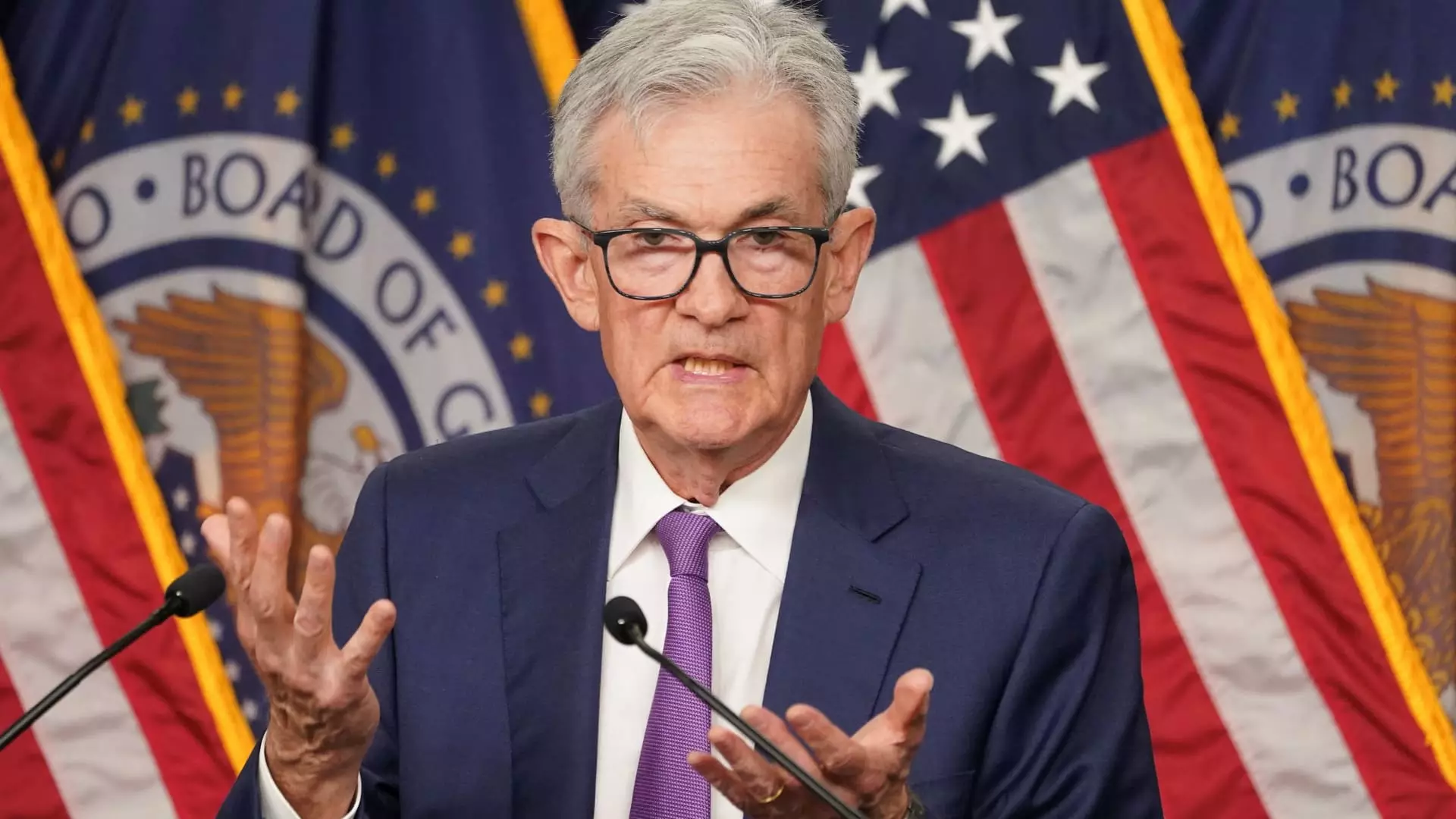The Federal Reserve held its key interest rate steady in its recent meeting and indicated that only one cut is expected before the end of the year. Despite market expectations for a more accommodative stance, the Federal Open Market Committee decided to take two rate reductions off the table from the three indicated in March. The committee also signaled that it believes the long-run interest rate is higher than previously indicated.
New forecasts released after the meeting indicated slight optimism that inflation remains on track to head back to the Fed’s 2% goal, allowing for some policy loosening later this year. The statement post-meeting acknowledged that inflation has eased over the past year but remains elevated. Traders responded positively to the acknowledgment of modest progress towards the inflation objective, with the S&P 500 jumping to a record after the statement was issued.
The committee’s “dot plot” of individual participants’ rate expectations indicated a more aggressive cutting path in 2025, with four reductions totaling a full percentage point anticipated. The committee now sees five total cuts equaling 1.25 percentage points through 2025. If these projections hold, the federal funds rate benchmark would stand at 4.1% by the end of next year. Additionally, the long-run rate of interest was raised to 2.8% from 2.6%, signaling a higher-for-longer narrative among Fed officials.
Inflation remains a key challenge for central bankers, with the Fed’s preferred inflation gauge still above the 2% target. Core inflation readings excluding food and energy prices have remained elevated, posing problems for policy decisions. Despite strong economic data in certain areas, there remains uncertainty about the direction of inflation and its impact on the economy.
The first quarter of 2024 saw softer economic data compared to the previous year, with GDP rising at a slower pace. However, more recent data suggests a more solid recovery, with the Atlanta Fed tracking GDP growth at a healthier rate. This mixed economic data presents a challenge for policymakers as they navigate the future path of interest rates.
During a press conference, Fed Chair Powell expressed confidence in the economic progress made so far but emphasized the need for caution in adjusting policy. The recent consumer price index release showed flat inflation month-over-month, but the annual rate remains above target. Despite this, Powell highlighted the positive aspects of the report and the overall progress in the economy.
The Federal Reserve’s decision to keep interest rates unchanged reflects a cautious approach to policy adjustments. The outlook on inflation and future rate cuts indicates a balance between economic recovery and price stability. Moving forward, policymakers will need to carefully monitor economic data and inflation trends to determine the appropriate path for interest rates.

